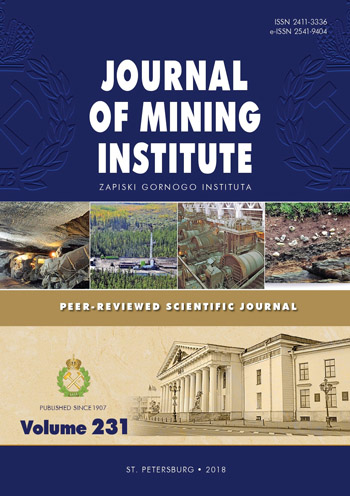Mathematical model of heat exchange processes for heat ptotective cooling suit of a rescuer
- 1 — Ph.D., Dr.Sci. professor Kuban State Technological University ▪ Orcid
- 2 — Senior lecturer Donetsk Academy of Civil Defence
Abstract
Fires are followed by the range of factors hazardous for human health; a radiant thermal stream accompanied by the high temperature of the environment is one of these factors. For protection of firemen special protective clothing from heat impact and the insulation type clothing are used. The paper demonstrates that the concept of action of such clothing is based on the passive heat protection owing to the use of materials with low conducting capacity or high specific heat. The time of effective protection of a suit is not considerable which reduces the duration of work under the unfavorable climatic conditions drastically, increases the work labor input, leads to the hyperthermia. One of the ways focused on the improvement of the heat protective clothing is a design of suits with cooling, which is stated in the paper. The paper shows that the developed heat protective suits on the basis of water-ice cooling elements are not widely used due to considerable costs. A more reasonable idea refers to the design of heat protective suits with cooling by using running water as the most available coolant circulating along polyvinylchloride pipes arranged between the layers of a suit.
